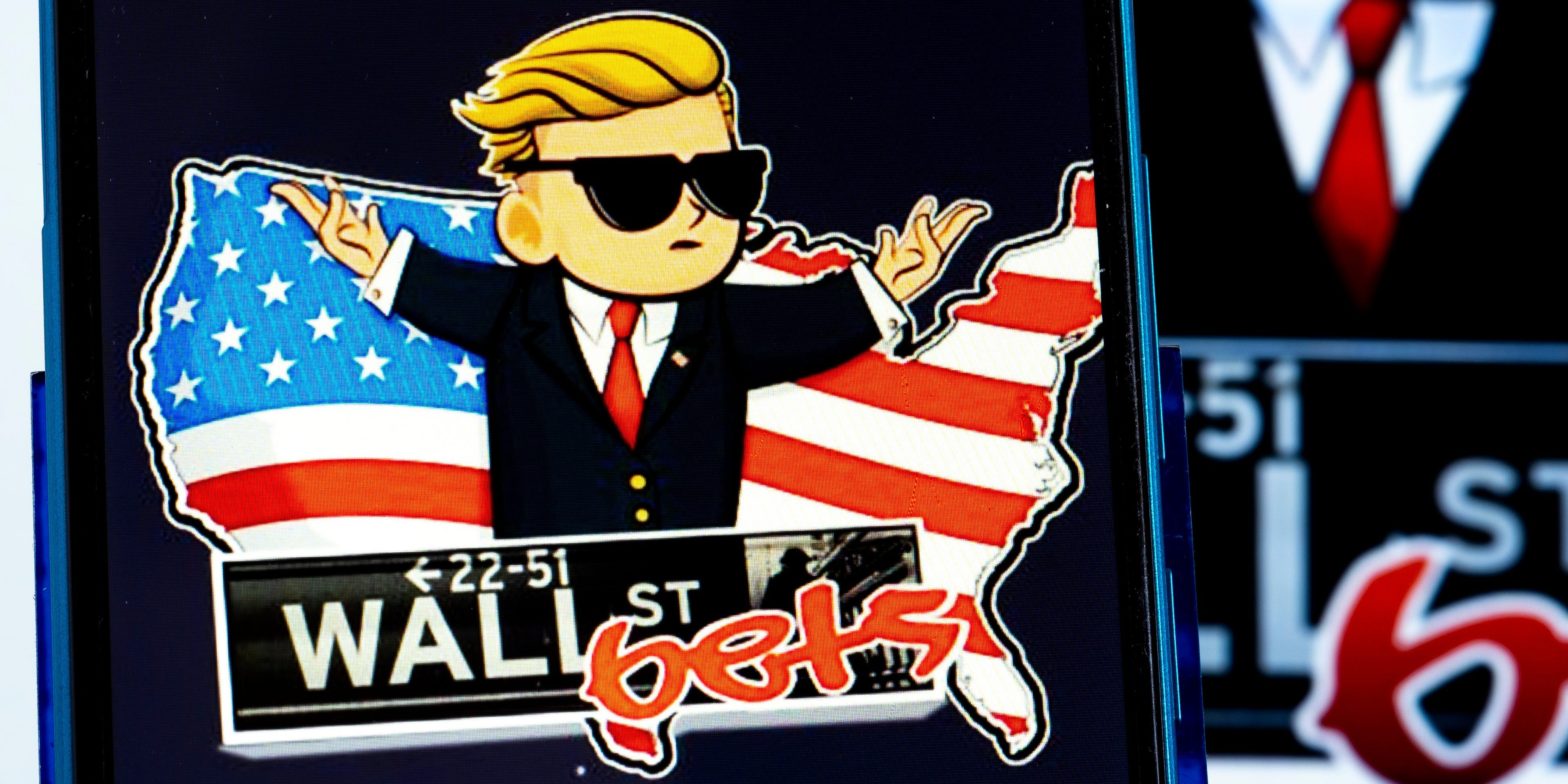Nearly two years since the meme-stock revolution, retail investors are still bullish as markets struggle. Stocks have to fall further to discourage the “diamond hands” retail crowd, experts say. Retail investors are more likely to see volatility as an opportunity instead of a risk. Loading Something is loading.
After a short-lived summer rally, the stock market ended August with a whimper.
But two years after a stampede of bulls flush with stimulus money entered the market, there’s little sign that withering volatility in 2022 has dented optimism among retail investors even as meme stocks and the broader market struggle in 2022.
Despite a bearish turn from professional traders, who are getting defensive as volatility persists, retail’s most bullish participants are still pushing a “diamond hands” worldview.
In other words, never sell.
That consistent bullishness has puzzled some observers, but there might be an explanation for the attitudes of the permabulls among retail traders: stocks simply haven’t fallen enough yet to scare them off.
For many investors who entered the market and who frequent forums like the now-famous Wall Street Bets, the volatility is part of the game, something experts say is also the result of many young investors having never experienced a recession while invested in the stock market.
Dan Suzuki, deputy CIO at investment manager RBA, told Insider that the investors who flooded the market with stimulus cash are still in a position to keep betting on their favorite stocks, even after the pandemic checks stopped coming and inflation has kicked up to 40-year highs.
“Household balance sheets are still flush with cash, and the stock market hasn’t yet fallen enough to cause investors to give up hope, or even to wipe out the gains of the past few years,” Suzuki said. “In that sense, many investors still view themselves as playing with ‘house money.'”
Despite brutal ups and downs for the market in 2022, net flows from retail investors into the stock market averaged $1.3 billion a day through the first half of the year, according to data from Vanda Research. There hasn’t been a negative day of negative retail flows since 2020 – and in fact, retail investors have tended to ramp up their purchases of stocks on losing days for the market, showcasing the “buy the dip” approach that’s been a hallmark of the pandemic era retail investing boom.
In other words, volatility is an opportunity to buy rather than a risk to manage.
“I think what we’re seeing is actually quite normal when you consider investors’ strong recent bias. Investors have been taught through their experiences over the past decade that it always pays to buy the dip,” Suzuki said.
Those experiences could also be responsible for flooding the market with overconfidence, economist and sociologist Andrew Simonov told Insider. He says that many investors, having profited from pandemic highs, may believe they’re more skilled at trading than they actually are.
This makes them more vulnerable to underestimating the risks of buying the dip, Simonov said – something that could prove particularly hazardous in the event of a full blown recession.
“Those people basically never saw a downturn,” Simonov warned. “This group basically says, come on, nothing is going to change, but you know, the stock prices are always going up and let’s go with it. And whatever small problems we have now, keep going.”
